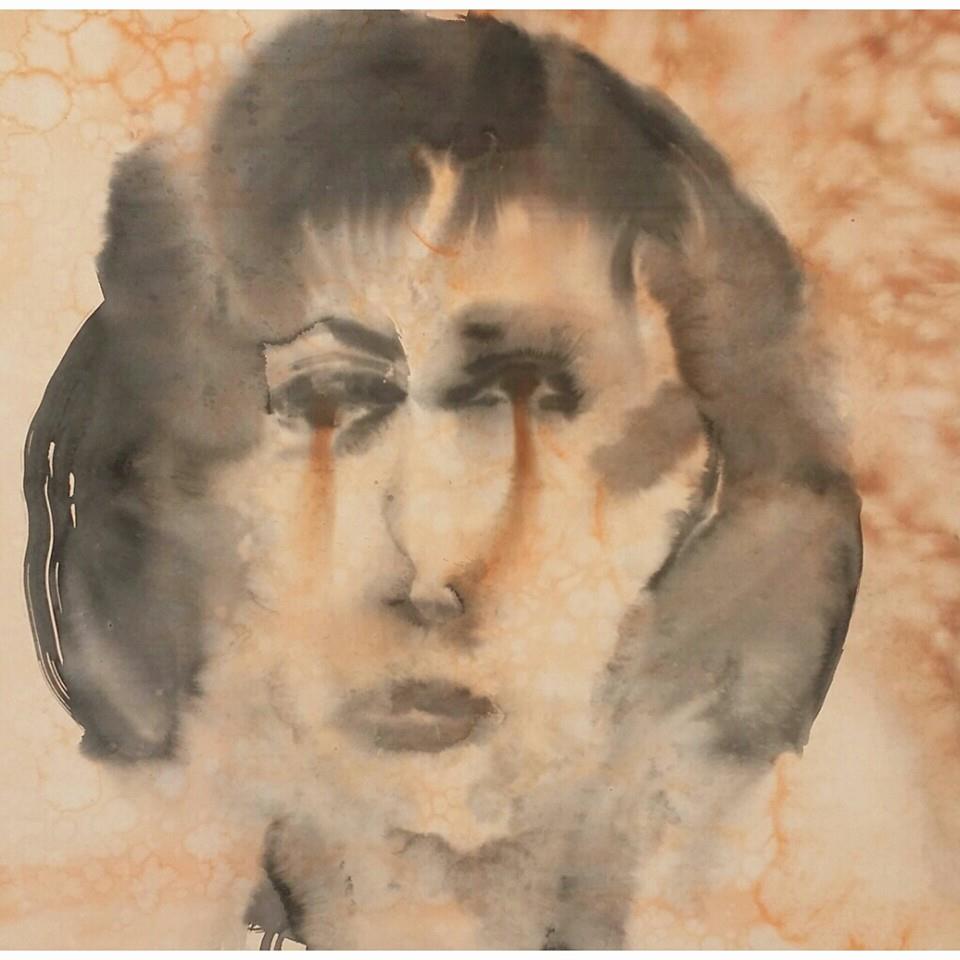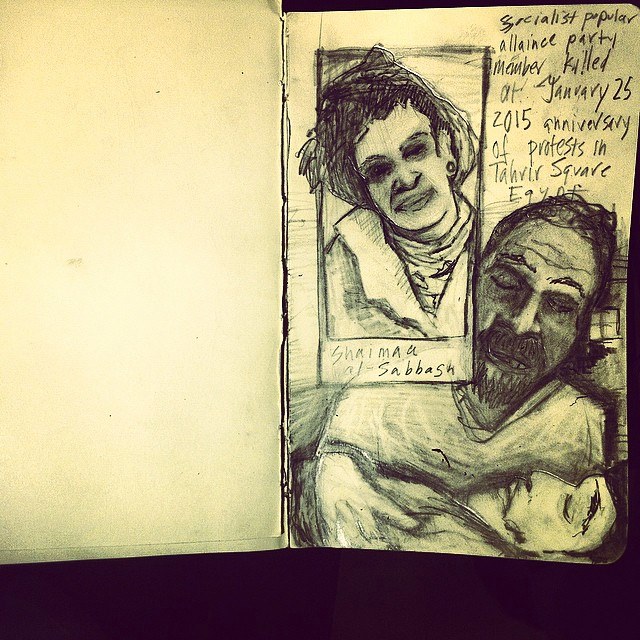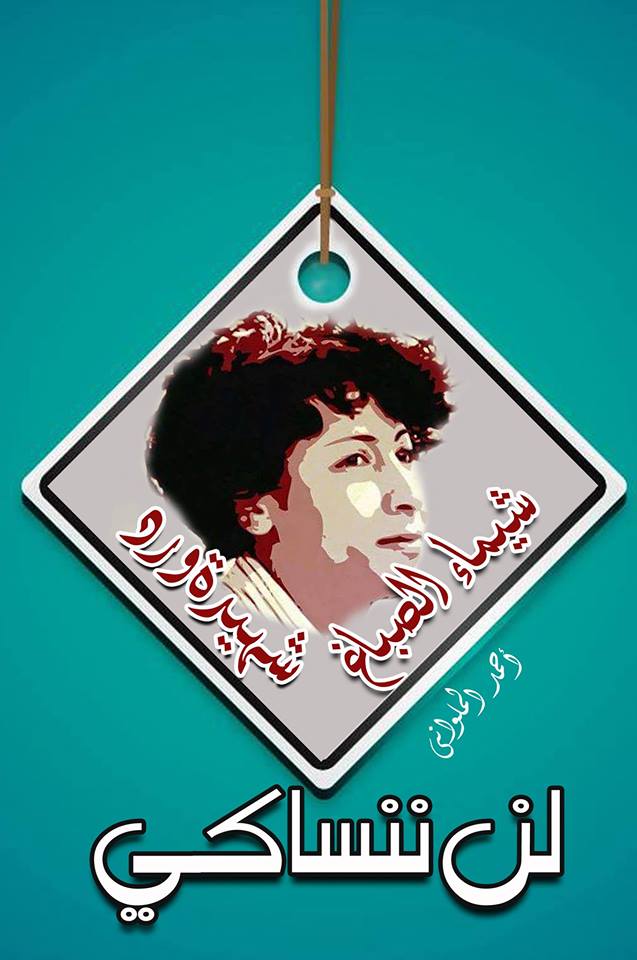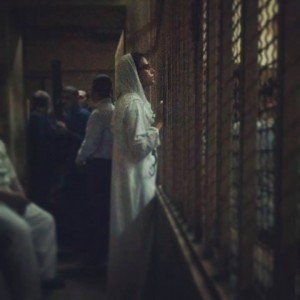[youtube]https://www.youtube.com/watch?v=ZnxMKdM_Fw0[/youtube]
Date: 8 March 2015.
Abstract: One of the long-standing fears of Alexandrian activism has been the eclipsing of its people’s local struggles by a Cairo-centric narrative – an issue that is further aggravated by limited bilingualism among the coastal city’s middle class revolutionaries, which makes connecting with international audiences more difficult. Apart from efforts to attract domestic attention to the city’s struggles, a peculiar form of Alexandrian activism evolved that employs the city’s namesake, history and popular culture to attract national and international attention to the issues affecting its urban terrain. This is evident in revolutionary graffiti that makes reference to Alexander the Great and Ancient Alexandria, and in the growth of civic groups that contrast their present problems with a by-gone era of utopian cosmopolitanism and indulge in various forms of nostalgia, symbolized by images such as the Pharos lighthouse or a mermaid.
This trend can be traced back to the 1990s struggle between the state and Alexandria over identity formation. The Egyptian state constructed a discourse of utopianism revolving around Alexandria’s ancient past and the city’s cosmopolitanism of the nineteenth and first half of the twentieth century. This was motivated by a wish to brandish the regime’s ‘progressive’ and ‘democratic’ credentials for the benefit of international audiences, fight the Islamist utopian mode of thinking that was beginning to make serious inroads, symbolize a significant break with the Nasserist past, and employ a cultural mask of universalism to disguise the neoliberal policies spearheaded by the Alexandria governorate. Rarely did any of this address the city’s deep-seated problems, and centralization – a common Alexandrian grievance – took its toll over the decades, resulting in a disembowelled public sphere.
Activists appropriated a variety of narratives and symbols to ‘translate’ and communicate their specific concerns to a wider audience, escape the shadow of the heavyweight capital, and establish a common ground with diaspora and foreign audiences who spotlighted, and sometimes co-worked on, texts and videos with Alexandrians to amplify their story to the world. This produced creative methods of revolutionary activity, drew modest research and journalistic interest to the coastal city, and started a slow process of democratizing the activist field. A highly utopian language enabled activists to draw inspiration from and chart their own understanding of ‘The Revolution Continues’ vernacular maxim by devising daily strategies and tactics that can function as alternatives to protesting on the street, which now carried a high risk of imprisonment.
مثَّل حجب المقاومة الشعبية لأهالي الإسكندرية عن طريق الروايات التي تتمحور حول القاهرة أحد المخاوف المتواصلة للنشاط السياسي السكندري ,وقد تفاقمت هذه القضية في ظل محدودية ثنائية اللغة بين ثوار الطبقة الوسطى في المدينة الساحلية؛ مما زاد من صعوبة التواصل مع الجماهير العالمية، وبصرف النظر عن الجهود المبذولة لجذب الانتباه الشعبي إلى مقاومة المدينة، نشأ شكل غريب من أشكال النشاط السكندري الذي يوظف اسم المدينة، وتاريخها وثقافتها الشعبية لجذب الانتباه الوطني والدولي إلى القضايا التي تؤثر على طبيعتها الحضرية، ويتجلى هذا في رسومات الجرافيتي التي تُشير إلى الإسكندر الأكبر والإسكندرية القديمة، و تزايد الجماعات المدنية التي تعقد مقارنة بين مشاكلها الراهنة و عصر الكونية الطوباوية المنصرم التي تنغمس في أشكال مختلفة من الحنين إلى الماضي وترمز إليه بصور مثل منارة الإسكندرية، أو حورية البحر.
ويمكن عزو هذا الاتجاه إلى الصراع الواقع بين الدولة والإسكندرية حول تشكيل الهوية في فترة التسعينات. إذ أسست الدولة المصرية خطاباً يميل إلى تبني فكرة الطوباوية يتمحور حول تاريخ الإسكندرية القديم، وعالمية المدينة في القرن التاسع عشر والنصف الأول من القرن العشرين. ولقد كان الحافز وراء ذلك تصوير النظام الحاكم بأنه “تقدمي” و”ديمقراطي” أمام الجمهور العالمي، ومحاربة أسلوب تفكير الاسلاميين الطوباوي الذي بدأ في تحقيق نجاحات جدية ترمز إلى القطيعة مع الماضي الناصري، وتوظيف قناع ثقافي من العالمية لإخفاء السياسات الليبرالية الجديدة التي تقودها محافظة الإسكندرية. ونادراً ما كانت تساهم هذه التوجهات في معالجة مشاكل المدينة المتجذرة (ومن ضمنها المركزية – وهي شكوى شائعة في الإسكندرية) التي تفاقمت على مدى العقود، مما أدى إلى تقويض المجال العام.
خصص بعض النشطاء مجموعة متنوعة من الروايات والرموز لترجمة ونقل اهتماماتهم المحددة إلى جمهور أوسع، والهروب من شبح العاصمة المرعب، وتأسيس أرضية مشتركة مع المغتربين والجماهير الأجنبية التي سلطت الضوء وأحياناً شاركت في ترجمة النصوص والفيديوهات مع السكندريين لتوضيح قصتهم أمام العالم، وقد ساهم هذا في خلق أساليب إبداعية من النشاط الثوري، وإجراء بعض البحوث المتواضعة حول المدينة، كما وجه الاهتمام الصحفي نحو المدينة الساحلية، وبدأت عملية تدريجية لنشر الديمقراطية في مجال النشاط السياسي. واستطاعت اللغة الطوباوية الراقية أن تكون مصدر إلهام للنشطاء، وساهمت في تشكيل فهمهم الخاص للشعار المتداول “الثورة مستمرة” من خلال وضع الاستراتيجيات والتكتيكات اليومية التي يمكن أن تعمل كبدائل للمقاومة في الشارع، والتي يترتب عليها الآن مخاطر عالية مثل السج
Originally published on Mona Baker on 18 March 2015














 news for Peter, his family, everyone that was campaigning for his release, and for overall justice. Greste was a tragic case of being caught up in a geopolitical entanglement between Egypt and Qatar. Greste’s case was helped not only by a thawing of tensions between Egypt and Qatar, but Sisi released Greste in order to legitimise his regime on the international platform and brandish “progressive” credentials to Western governments. Moreover, this could be a sign that the judiciary is being tamed and consolidated under the wings of the new regime. Yet politicised judicial decisions are not going to disappear anytime soon.
news for Peter, his family, everyone that was campaigning for his release, and for overall justice. Greste was a tragic case of being caught up in a geopolitical entanglement between Egypt and Qatar. Greste’s case was helped not only by a thawing of tensions between Egypt and Qatar, but Sisi released Greste in order to legitimise his regime on the international platform and brandish “progressive” credentials to Western governments. Moreover, this could be a sign that the judiciary is being tamed and consolidated under the wings of the new regime. Yet politicised judicial decisions are not going to disappear anytime soon.


